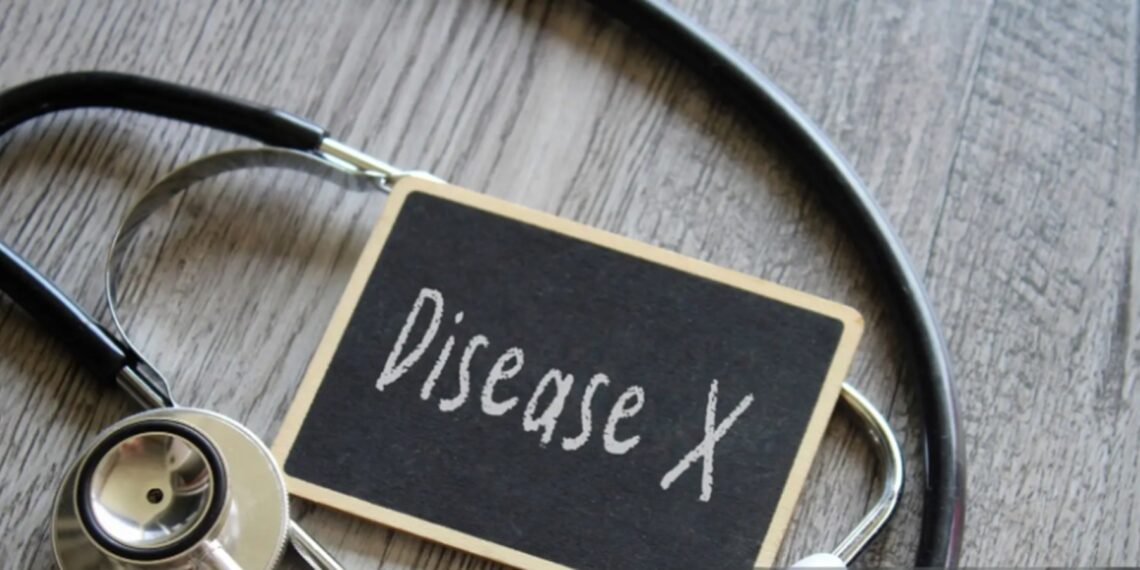With the return of winter, respiratory illnesses are making a comeback, and global health experts are now focusing on planning ahead for possible future outbreaks, such as the hypothetical “Disease X.”
Recently, the topic took centre stage at the World Economic Forum in Davos, Switzerland, where a panel of health industry leaders highlighted the need for proactive measures in the face of unknown infectious threats.
Before any alarm sets in, it’s crucial to note that Disease X is currently a hypothetical scenario—it doesn’t exist yet.
Coined by the World Health Organization in 2017, Disease X serves as a term for an as-yet-unknown infectious condition capable of triggering an epidemic or even a pandemic if it spreads across multiple countries.
Covid-19, by the latter definition, was the inaugural Disease X, representing a known pathogen with newly acquired pandemic potential.
Why the current discussion about Disease X?
The World Health Organization has consistently cautioned global leaders about the looming risks of future pandemics during the World Economic Forum’s annual meeting in Davos.
WHO director-general Tedros Adhanom Ghebreyesus stressed on the importance of anticipating potential threats rather than reacting to them, citing historical precedents and the need for preparedness.
What might the next Disease X be?
The uncertainty surrounding Disease X lies in its very nature—it’s an unknown pathogen with pandemic potential.
While coronaviruses were considered prime candidates for a new pandemic, recent developments, including the global response to Covid-19, have altered the landscape.
Diseases like SARS and MERS, both coronaviruses, may face obstacles in causing fresh pandemics due to widespread immunity developed against the virus causing Covid-19.
Other potential contenders with pandemic potential include various flu strains, bird flu, Ebola, and Zika.
The World Health Organization regularly updates its list of pathogens with the highest pandemic potential.
How can we combat Disease X?
The fight against Disease X is aided by lessons learned from the Covid-19 pandemic.
The rapid development of novel vaccine designs, particularly those based on mRNA, offers a versatile tool for targeting new pathogens.
mRNA vaccines, like those for Covid-19, can be quickly repurposed to address different proteins by modifying the mRNA sequence.
Additionally, countries need to establish robust early warning systems for new diseases, and health services must enhance resilience to unexpected surges in demand.
WHO director-general Tedros stressed the importance of expanding health service capacity on demand to prevent situations like those witnessed during the COVID-19 pandemic.
In essence, Disease X serves as a placeholder, urging global communities to prepare for potential future threats, even if the specific nature of the threat remains unknown.
It is a call for proactive measures and global collaboration to fortify our defences against unforeseen infectious challenges.















